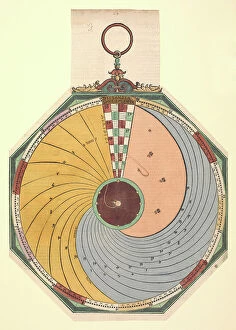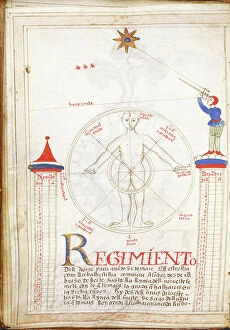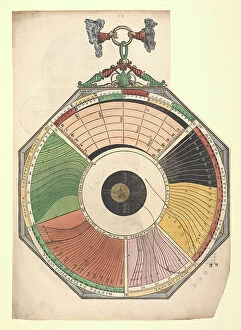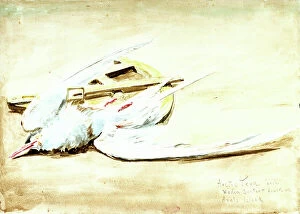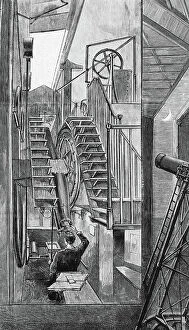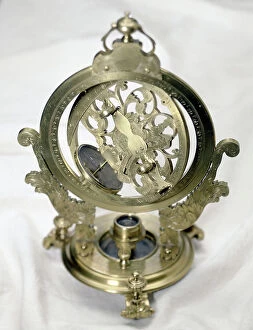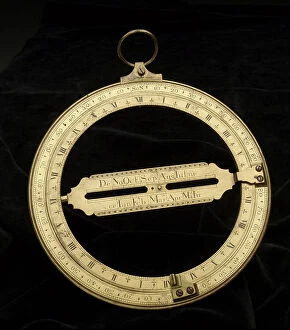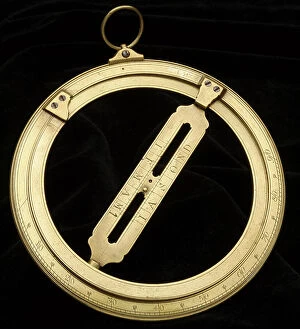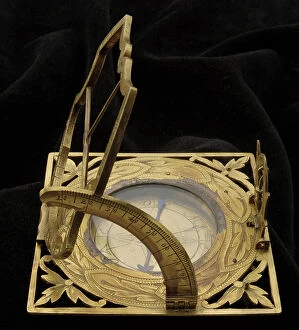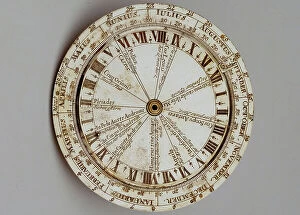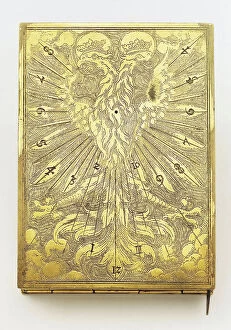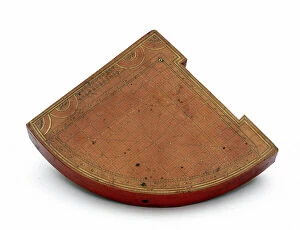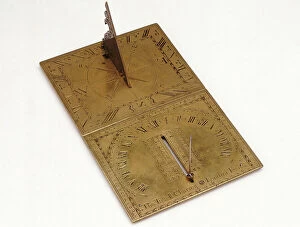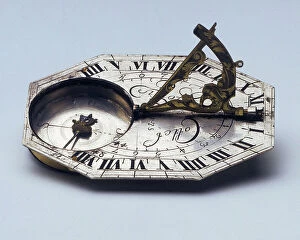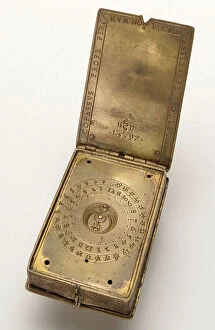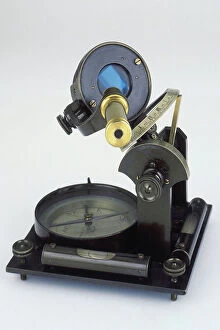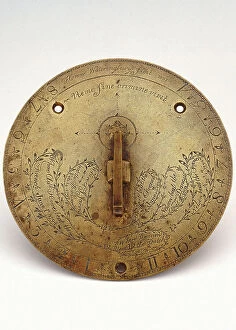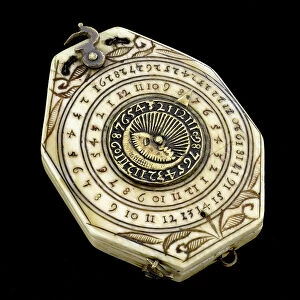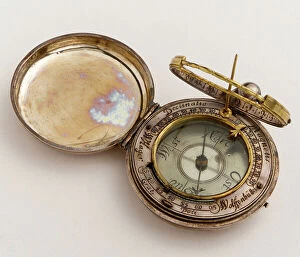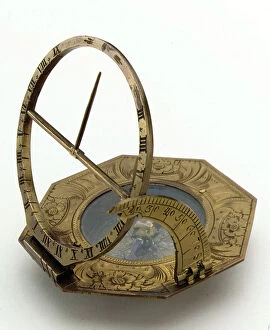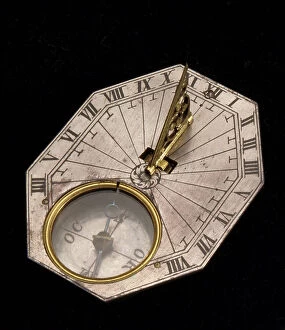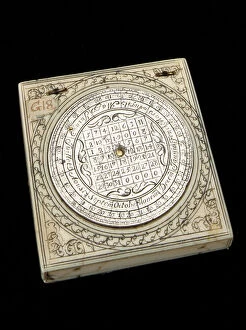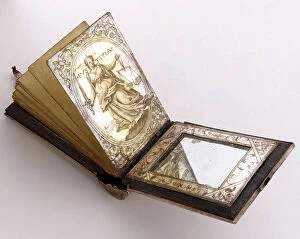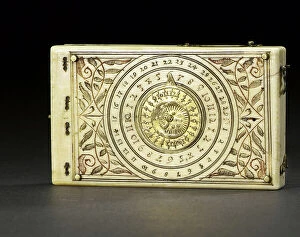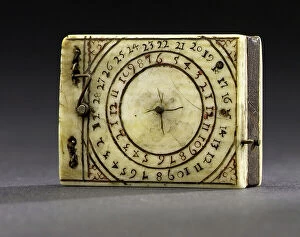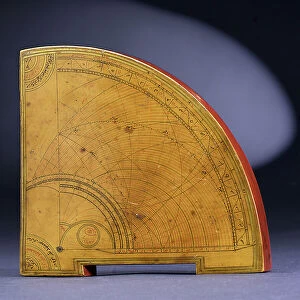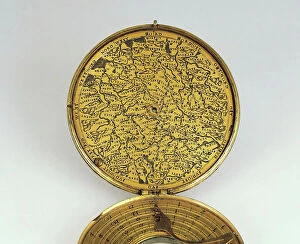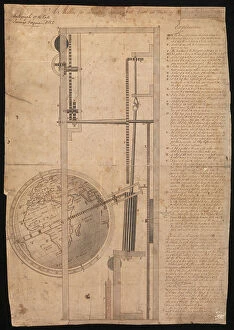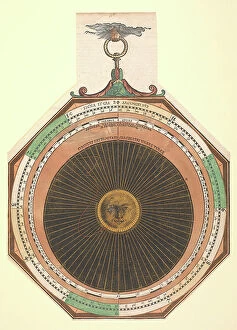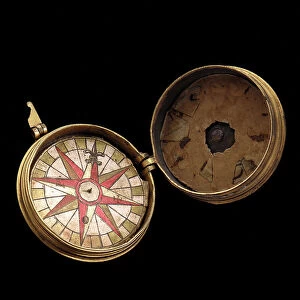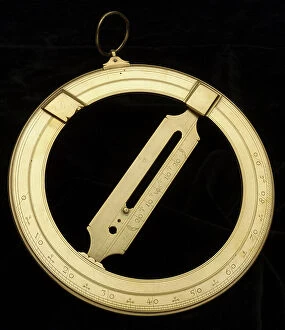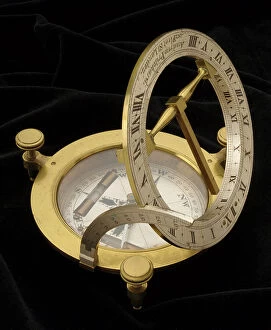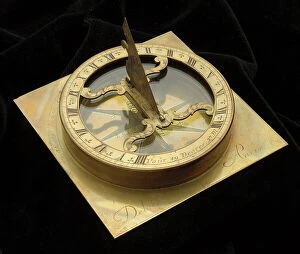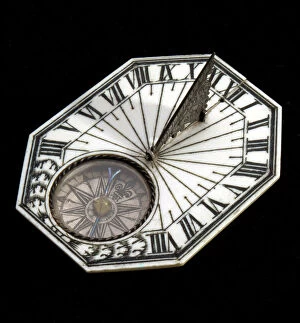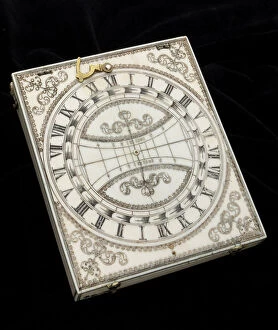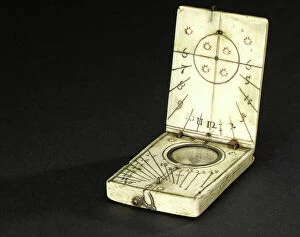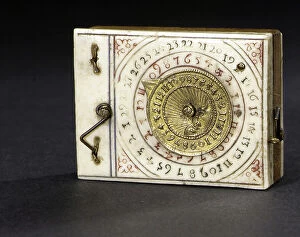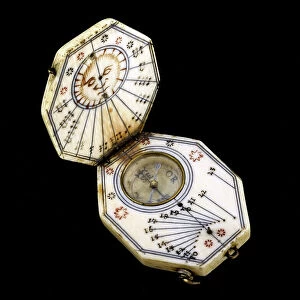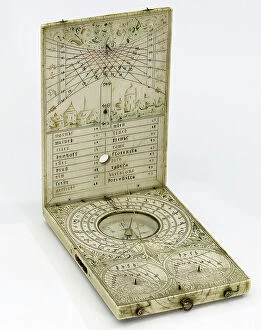Scaler Collection
"Scaling the Depths of Art
For sale as Licensed Images
Choose your image, Select your licence and Download the media
"Scaling the Depths of Art: A Journey Through Time" Step into the world of art and history as we explore various captivating pieces that have stood against the wall of time. From an artist delicately drawing a lute in 1525 to a stunning portrayal of Temperance in 1470, these works transport us back to eras long gone. Intriguingly, our journey takes an unexpected turn with a black-and-white photograph capturing a typical negrito man alongside Roy Barton. This powerful image reminds us of the diverse stories and individuals who have shaped our past. Venturing further, we encounter The Augsburg Quadrant by Tycho Brahe, dating back to 1546-1601. This scientific instrument serves as a testament to humanity's relentless pursuit of knowledge and understanding. The title page from Georgius Agricola's DE RE METALLICA (1621) introduces us to the fascinating world of metal extraction and shaping. It unveils secrets hidden beneath layers upon layers, showcasing mankind's ingenuity in manipulating nature's resources. Our exploration continues with Constantin le plus Grand Geant du Monde (1890), depicted through lithography. This larger-than-life figure captivates our imagination while reminding us that even giants can exist within artistic realms. Amidst etchings portraying two spaniels barking at a bulldog or a frog inflating itself like a cow from 1811, we are reminded that art has always embraced whimsy and humor throughout history. "A CHECK TO CORSICAN ASSURANCE" (1805) engraving confronts us with political commentary embedded within art – reminding viewers that creativity can be used as both entertainment and social critique simultaneously. Finally, "One Hundred Proverbs" presents an intriguing engraving titled "A Little Man Sometimes Projects a Large Shadow" from 1845. These proverbs encapsulate timeless wisdom passed down through generations – a testament to the enduring power of words and imagery.

